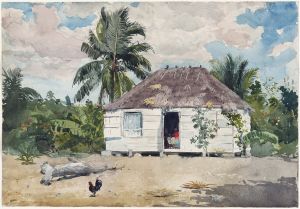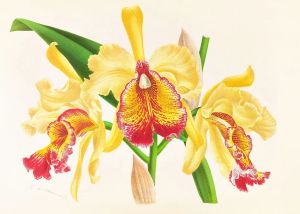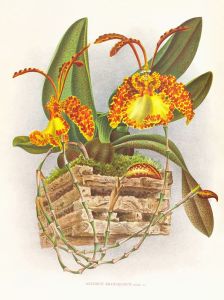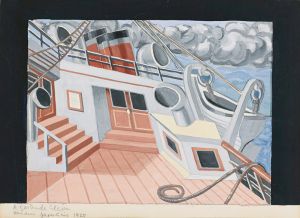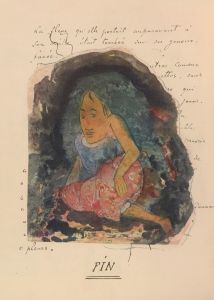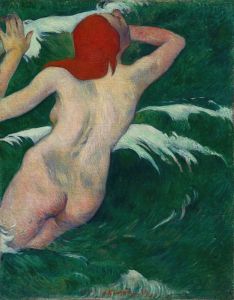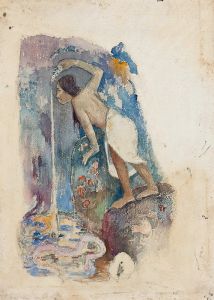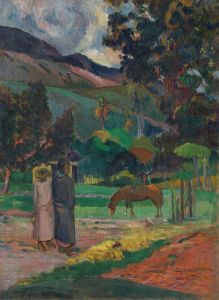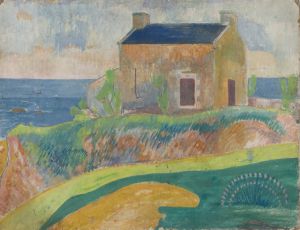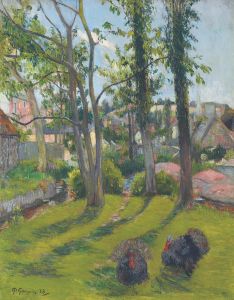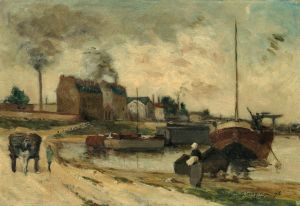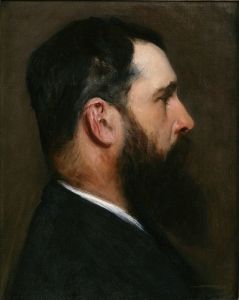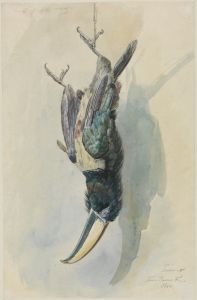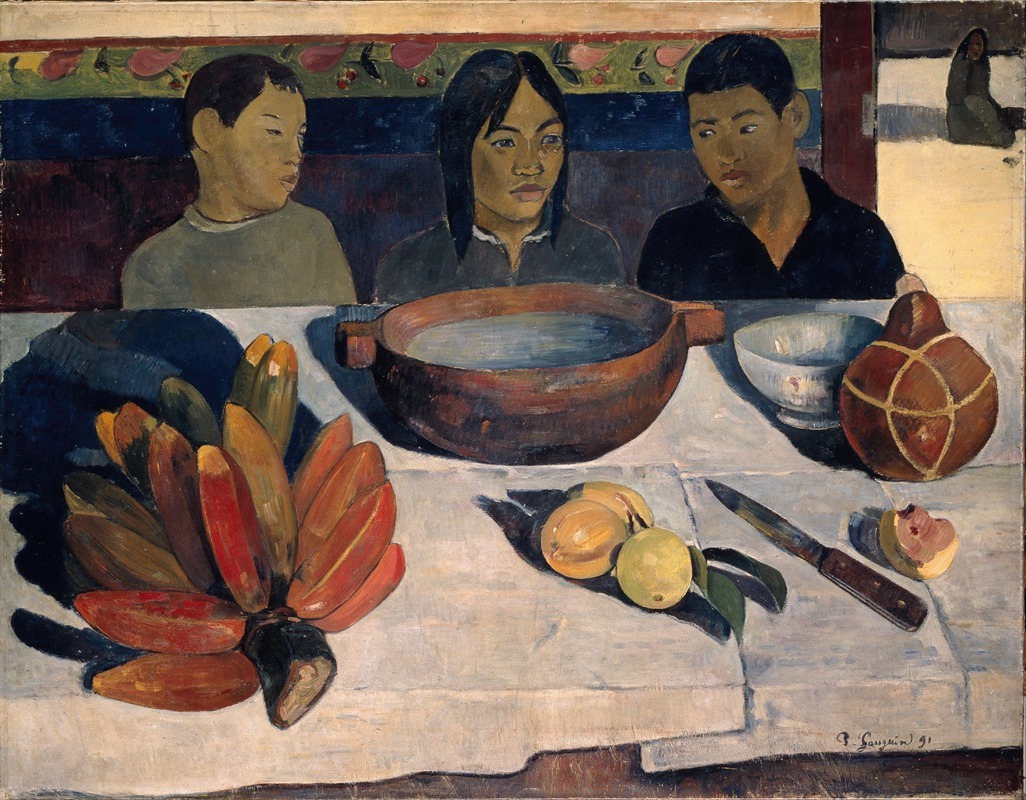
The Meal, also called Bananas
A hand-painted replica of Paul Gauguin’s masterpiece The Meal, also called Bananas, meticulously crafted by professional artists to capture the true essence of the original. Each piece is created with museum-quality canvas and rare mineral pigments, carefully painted by experienced artists with delicate brushstrokes and rich, layered colors to perfectly recreate the texture of the original artwork. Unlike machine-printed reproductions, this hand-painted version brings the painting to life, infused with the artist’s emotions and skill in every stroke. Whether for personal collection or home decoration, it instantly elevates the artistic atmosphere of any space.
"The Meal, also called Bananas" is a painting by the French Post-Impressionist artist Paul Gauguin. Created in 1891, this work is a significant example of Gauguin's exploration of non-European cultures and his departure from traditional Western artistic conventions. The painting is part of Gauguin's Tahitian period, which began when he traveled to Tahiti in search of a more "primitive" and unspoiled way of life, away from the industrialized and increasingly modern society of Europe.
In "The Meal, also called Bananas," Gauguin depicts a simple, yet evocative scene of daily life in Tahiti. The painting features a group of Tahitian women gathered around a meal, with bananas prominently displayed, hence the alternate title. The composition is characterized by its vibrant colors, bold outlines, and flattened perspective, which are hallmarks of Gauguin's style during this period. These stylistic choices reflect his interest in the art of indigenous cultures, as well as his desire to break away from the naturalism and realism that dominated European art at the time.
Gauguin's use of color in "The Meal, also called Bananas" is particularly noteworthy. He employs a rich palette of warm tones, including deep reds, oranges, and yellows, which create a sense of warmth and intimacy. The figures are outlined in dark, almost black lines, which helps to define their forms and adds a graphic quality to the work. This technique is reminiscent of the cloisonnism style, which Gauguin admired and often incorporated into his own work.
The subject matter of the painting reflects Gauguin's fascination with the everyday lives of the Tahitian people. By depicting a simple meal, he highlights the importance of communal activities and the connection between people and their environment. The bananas, a staple food in Tahiti, serve as a symbol of the island's natural abundance and the close relationship between the inhabitants and their land.
Gauguin's time in Tahiti was marked by a complex and often problematic relationship with the local culture. While he sought to immerse himself in what he perceived as a more "authentic" way of life, his presence and actions were also influenced by colonial attitudes and a sense of exoticism. This tension is evident in many of his works from this period, including "The Meal, also called Bananas."
"The Meal, also called Bananas" is housed in the Ny Carlsberg Glyptotek in Copenhagen, Denmark. The painting is part of the museum's extensive collection of 19th-century European art, which includes several other works by Gauguin. The Glyptotek's collection provides valuable insight into Gauguin's artistic development and his contributions to the Post-Impressionist movement.
Overall, "The Meal, also called Bananas" is a compelling example of Paul Gauguin's innovative approach to art and his enduring interest in exploring different cultures. The painting's vibrant colors, bold composition, and evocative subject matter continue to captivate viewers and offer a glimpse into the artist's unique vision of the world.





